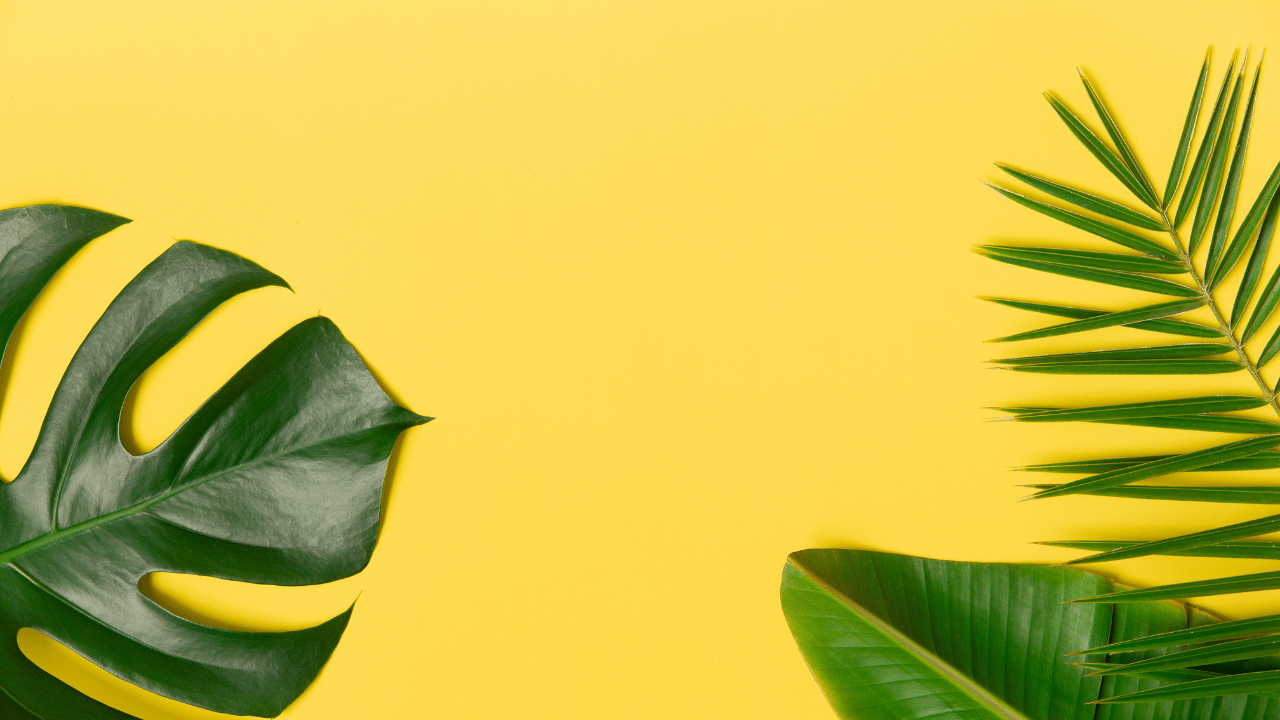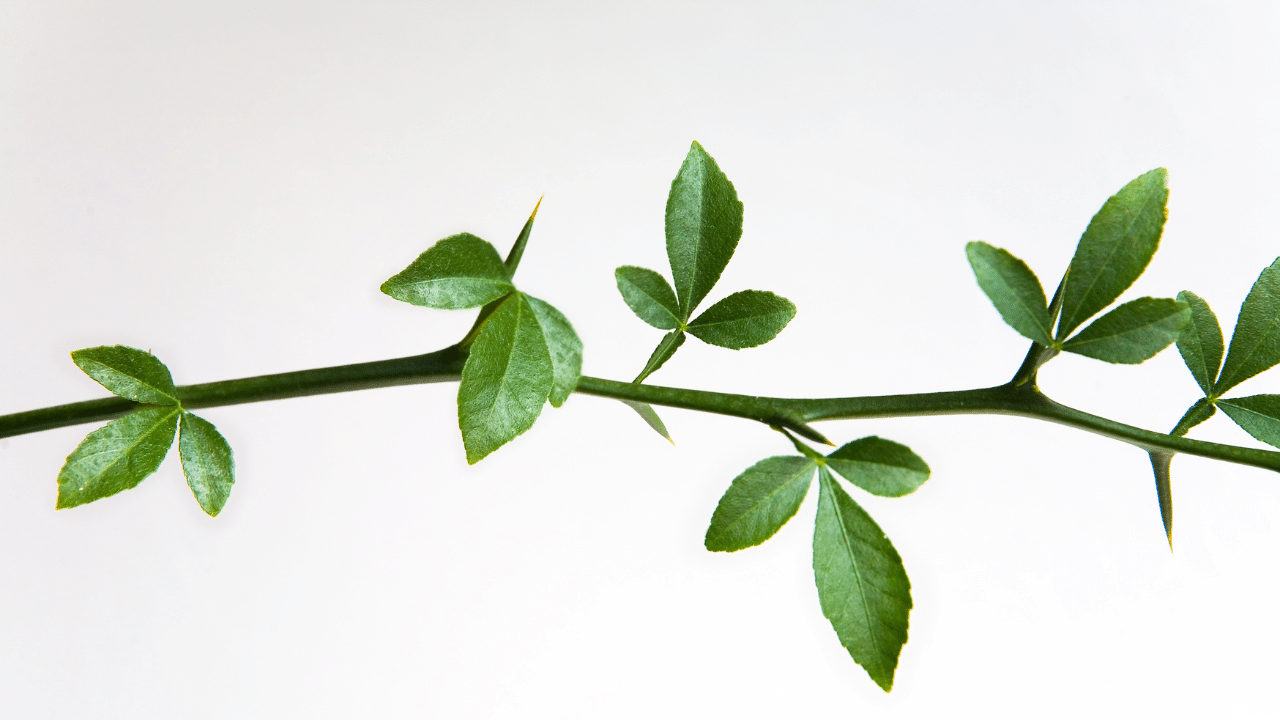Adverts
Want to know more about plants?
Have you ever been curious about the plant you just found on a trail or in a park? With free plant identification apps, this question can be answered in seconds! In this post, we’ll explore the best apps available and their main features. We’ll also help you choose the ideal tool for your needs, ensuring that you make the best use of this incredible technology. Come and discover the world of plants around you in an easy and fun way!
Adverts
What are the best free apps for identifying plants?

Seek App
A plant identification app is a digital tool that allows users to recognize plant species through photographs. These apps use advanced technology, such as artificial intelligence, to analyze the images and provide information about the identified plants.
Among the best free apps, we can highlight three superstars:
iNaturalist: This platform, developed in partnership with the National Geographic Society and the California Academy of Sciences, is an excellent choice for nature enthusiasts. It doesn’t just identify plants – it also identifies animals and fungi! You take a photo of the plant, and an AI system makes a preliminary identification, which is then validated by an active community. iNaturalist is a great option for those who enjoy exploring and collaborating on conservation and biodiversity projects.
PictureThis: If you’re a gardening enthusiast, this app is perfect for you. It provides quick plant identification and even offers care tips, such as toxicity information and watering reminders. The interface is super user-friendly, making navigation easy and the experience enjoyable. Perfect for both amateur and experienced gardeners!
PlantNet: Focused on wild plants, PlantNet is ideal for amateur botanists and those who enjoy exploring trails. The app was developed by scientists and stands out for contributing to a growing database through photos submitted by users. It's a great way to learn about botany while participating in citizen science projects.
When choosing the app that best suits your needs, consider whether you want to identify garden plants, explore wild flora, or even a broader resource that covers different species, like iNaturalist. For more information on these apps, check out this interesting article on the available options.

iNaturalist
How does cell phone plant identification work?
Plant identification via mobile phone is a marvel of modern technology! What happens is that, using specific applications, you can take a photo of a plant and receive, almost instantly, information about it. The process involves two main components: images and artificial intelligence.
The process of identifying plants with images
When you take a photo of a plant, the app uses algorithms to compare that image with a vast database of species. These images are analyzed and within seconds you can know which plant you are dealing with. For example, when using the PlantNet, your photo is uploaded to a large repository where other users and scientists have already contributed information.
The use of artificial intelligence algorithms
Artificial intelligence algorithms play a crucial role in the accuracy of identification. They have been trained on thousands of images, allowing the app to learn to recognize specific characteristics of each plant. But it doesn’t stop there!
How important is the community in verifying identifications?
After the algorithm makes an initial identification, the app’s user community gets involved. People can validate or correct the suggested identification, ensuring greater accuracy. This collaborative element turns the simple act of identifying plants into a collective effort. This way, you not only learn about botany, but also contribute to citizen science projects and biodiversity monitoring.
Using tools like iNaturalist or PictureThis, you join a network of enthusiasts who share knowledge and experiences, making discovering new plants a fun and educational activity!
What are the benefits of plant identification apps?
Plant identification apps offer a range of incredible benefits for nature lovers. One of the main benefits is that they help you learn about botany. Using apps like iNaturalist, PictureThis, and PlantNet, you can explore a vast amount of information about different species. This not only makes learning more accessible, but also engages users to become more curious about the flora around them.
Additionally, these apps often offer built-in gardening tips and care. For example, PictureThis provides detailed information on how to care for your plants, including toxicity alerts and watering reminders. This is especially helpful for those new to gardening who need a little guidance.
Another important aspect is contributing to citizen science projects. Apps like iNaturalist not only allow users to identify plants, but also encourage users to share their observations. This helps to conserve biodiversity, as the information collected can be used by scientists and organizations to monitor ecosystems and preserve endangered species.
These apps are a fun way to connect the community with nature, fostering a sense of responsibility in caring for the environment. You can learn more about these apps and their features in this article. link.
With so many benefits, it’s easy to see why plant identification apps are becoming increasingly popular among nature lovers and budding gardeners alike.
What are the main features of identification applications?
Plant identification apps have features that make the experience of discovering and caring for plants richer and more practical. Among them, we have a comparison of features between three big names: iNaturalist, PictureThis and PlantNet.
O iNaturalist is known for its active community, which verifies identifications made by users. In addition to identifying plants, the app also recognizes animals and fungi, ideal for those who love exploring nature. The community is essential, as it helps monitor biodiversity, offering a social and educational aspect.
On the other hand, the PictureThis shines by providing detailed plant care information, including gardening tips and toxicity alerts. This app is perfect for beginners looking to not only identify but also maintain healthy plants. It also offers notification features to remind users of necessary care.
Already the PlantNet stands out for its constantly growing database. It is especially focused on wild plants, contributing to citizen science projects with photos submitted by users. This provides an educational experience and supports scientific research.
Furthermore, the user interface is an important factor that can affect the overall experience. Intuitive and user-friendly apps like PictureThis make it easy to use, especially for those who are not as tech-savvy. For more details on how to get the most out of these apps, you can check out more information here.
In short, the functionalities of these apps go beyond simple identification, encompassing education, plant care and community interaction.
What future trends can we expect in botany apps?
Botany apps are constantly evolving, driven by technology and user needs. One of the most impactful trends is the integration of artificial intelligence and machine learning. These advancements make plant identification faster and more accurate, allowing both beginners and experienced users to get answers in seconds. For example, apps like iNaturalist use algorithms that learn from each photo uploaded, constantly improving their capabilities.
Another notable trend is the rise of personalization in the use of apps. Most platforms go beyond simple identification and seek to offer a tailored experience. PictureThis, for example, allows users to create profiles with plant care preferences, sending personalized reminders for watering and fertilizing. This not only makes plant care easier, but also engages users on a deeper level.
Furthermore, the development of user communities is growing. Applications such as PlantNet allow users to collaborate on citizen science projects, contributing photos and knowledge about local flora while interacting with other botany enthusiasts. This sense of community not only helps with identification, but also raises awareness about biodiversity conservation.
With these technological updates, we are likely to see an increasing efficiency in these apps. They are not just identification tools; they are becoming true assistants in plant care, connecting users, botanists and scientists. The evolution of flora apps promises to facilitate and enrich the experience of all nature lovers. For details on the terms of use of these apps, visit this link.
Conclusion
Free plant identification apps offer an accessible and interactive way to explore botany. In this article, we discuss what these apps are, how they work, and which ones are most recommended, as well as their main features and benefits. Plant identification on mobile devices, powered by artificial intelligence and community collaboration, not only enriches our knowledge but also promotes biodiversity conservation. As technology advances, we can expect even more innovations that will make this experience more personalized and efficient.
FAQ
FAQs about Plant Identification Apps
1. What are the best free apps for identifying plants?
The best free apps include iNaturalist, which is great for identifying plants, animals and fungi, the PictureThis, which offers care tips and a user-friendly interface, and the PlantNet, focused on wild plants and citizen science.
2. How does plant identification work using an app?
Plant identification is done by taking a photo and uploading it to an app. The technology analyzes the image and compares it to a huge database of species, providing information about the plant at a glance. Community validation also ensures accuracy.
3. What are the benefits of using plant identification apps?
The apps help learn about botany, provide care tips and promote citizen science. They make learning accessible and connect users to the environment, encouraging greater responsibility in conservation.
4. What makes the iNaturalist, PictureThis and PlantNet apps different?
O iNaturalist stands out for its community, which validates identifications. The PictureThis is ideal for those looking for detailed care and reminders, while the PlantNet focuses on wild plants and scientific contributions from the community.
5. What future trends can we expect in botany apps?
We expect more artificial intelligence and machine learning, personalized experiences, and stronger user communities. These advances promise to make apps not just identifiers, but full-fledged plant care assistants.



